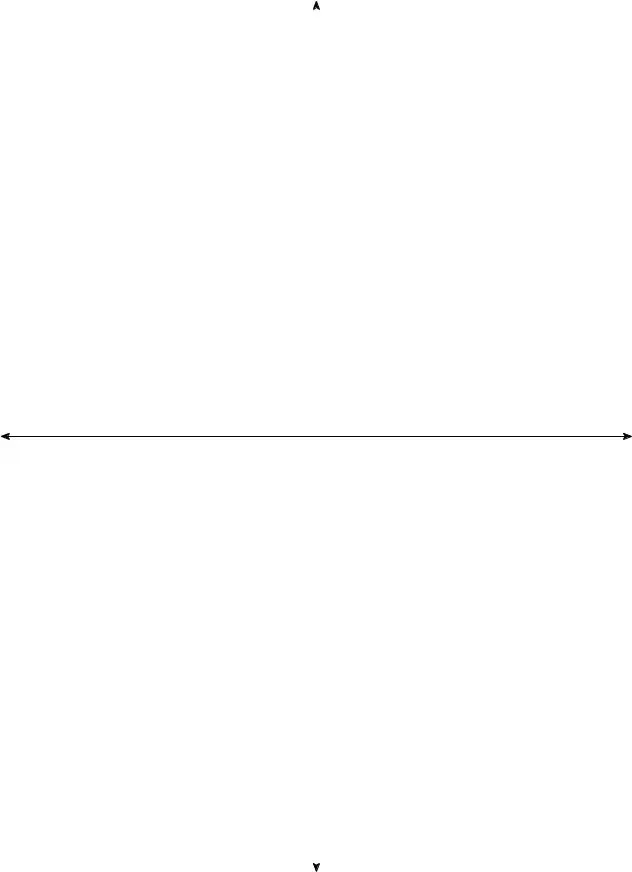What is the Coordinate Plane?
The Coordinate Plane, also known as the Cartesian Plane, consists of two perpendicular lines: the x-axis (horizontal) and the y-axis (vertical). Each point on this plane is defined by an ordered pair of numbers (x, y), which represent the distance from the origin (0,0) along each axis.
How do I plot a point on the Coordinate Plane?
To plot a point, start at the origin. Move horizontally to the right for positive x-values and to the left for negative x-values. Then, move vertically up for positive y-values and down for negative y-values. Mark the point where these two movements intersect.
What do the quadrants represent?
The Coordinate Plane is divided into four quadrants. Quadrant I is where both x and y are positive. Quadrant II has a negative x and a positive y. In Quadrant III, both values are negative. Finally, Quadrant IV has a positive x and a negative y. Understanding these quadrants helps identify the location of points.
How do I find the distance between two points?
The distance between two points (x1, y1) and (x2, y2) can be calculated using the distance formula: √((x2 - x1)² + (y2 - y1)²). This mathematical approach gives the direct distance between the two points in the plane.
What is the significance of the origin?
The origin of the Coordinate Plane is the point (0,0), where both the x-axis and y-axis intersect. It serves as the reference point for all other points on the plane. Understanding the position of the origin helps in determining the coordinates of other points.
Can I use negative coordinates?
Yes, negative coordinates are essential for locating points on the Coordinate Plane. Points with negative x-values are found to the left of the origin, while points with negative y-values are found below it. Both positive and negative values allow for a full representation of all areas in the plane.
What are ordered pairs?
Ordered pairs, written as (x, y), represent the coordinates of a point on the Coordinate Plane. The first value, x, indicates the horizontal position, while the second value, y, shows the vertical position. The order of these values is crucial, as swapping them changes the location of the point.

